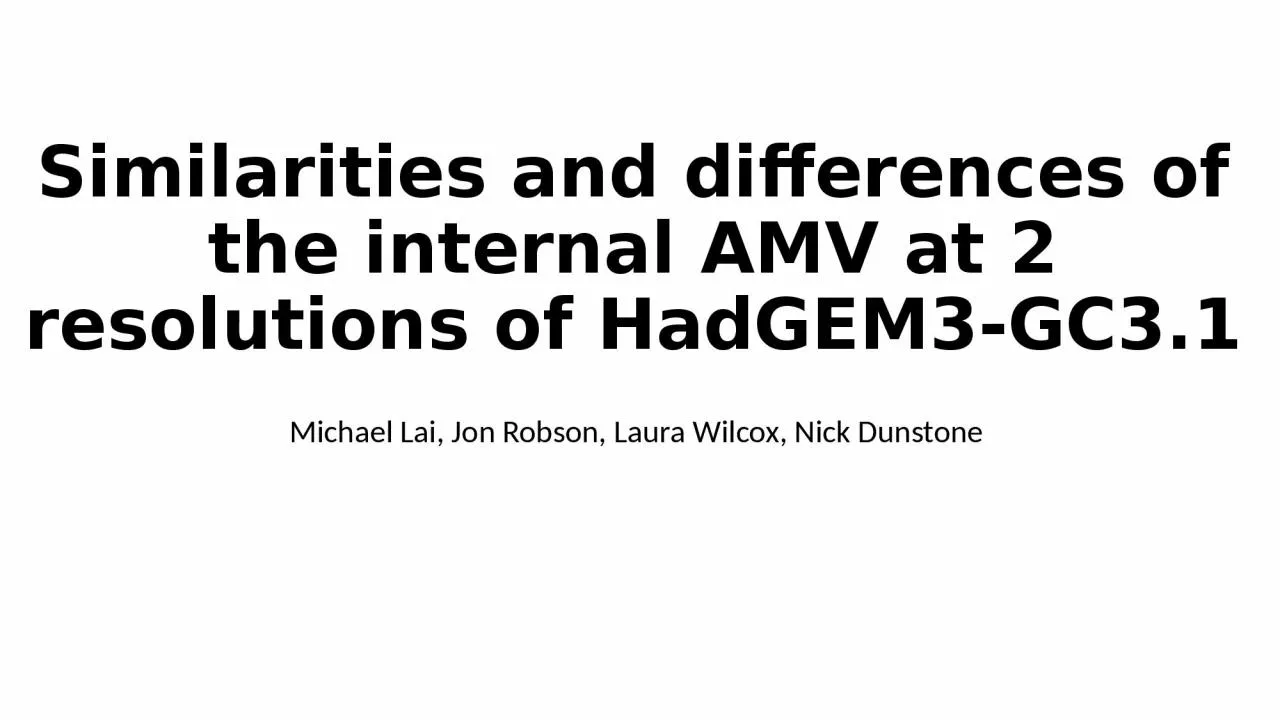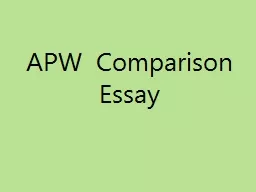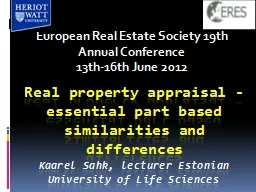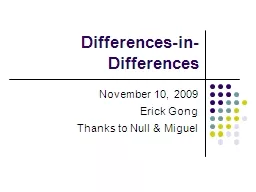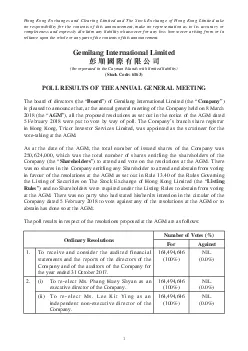PPT-Similarities and differences of the internal AMV at 2 resolutions of HadGEM3-GC3.1
Author : Dragonfruit | Published Date : 2022-08-04
Michael Lai Jon Robson Laura Wilcox Nick Dunstone Conclusions Models agree AMV of 5070 years with greatest variability in the subpolar Polar and subpolar upper
Presentation Embed Code
Download Presentation
Download Presentation The PPT/PDF document "Similarities and differences of the inte..." is the property of its rightful owner. Permission is granted to download and print the materials on this website for personal, non-commercial use only, and to display it on your personal computer provided you do not modify the materials and that you retain all copyright notices contained in the materials. By downloading content from our website, you accept the terms of this agreement.
Similarities and differences of the internal AMV at 2 resolutions of HadGEM3-GC3.1: Transcript
Download Rules Of Document
"Similarities and differences of the internal AMV at 2 resolutions of HadGEM3-GC3.1"The content belongs to its owner. You may download and print it for personal use, without modification, and keep all copyright notices. By downloading, you agree to these terms.
Related Documents

